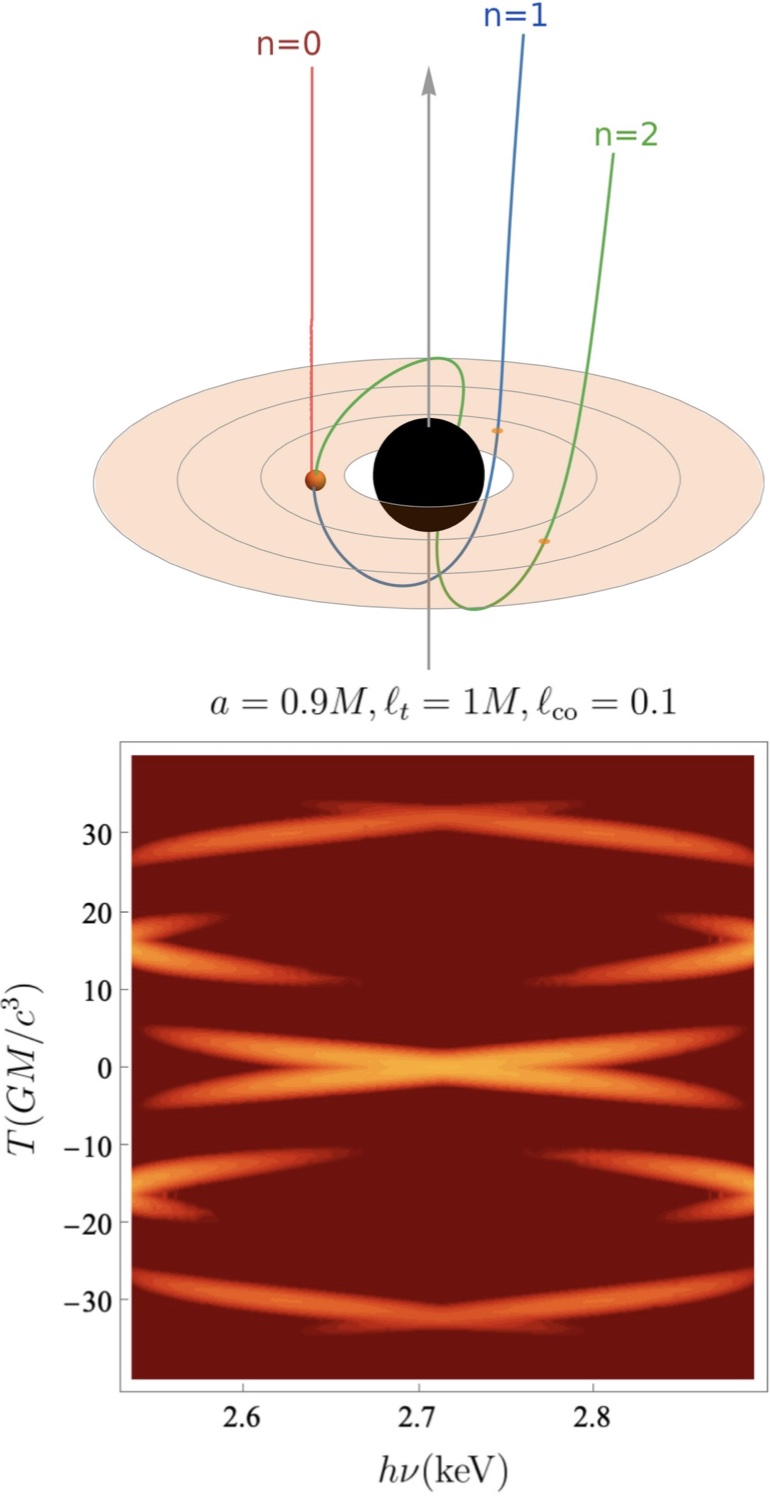קולוקוויום החוג לפיזיקה: 1 ביולי 2024, שעה 14:15
Gonen Golani (University of Haifa) | Theory of Biological Membrane Elasticity | Biological membranes are fundamental components of cellular structures, playing a crucial role in maintaining
בחוג לפיזיקה חוקרים שאלות בסיסיות במבנה היקום והתנהגותו. מחקר בחוג מתקיים מהסקלות הגדולות של אסטרופיזיקה של גלקסיות וחורים שחורים דרך פיזיקה של מערכות ביולוגיות וחומר רך, פיזיקה קוואנטית של אטומים וחלקיקים, ועד לתורת השדות הקוואנטית ותורת המיתרים. חברי החוג משתייכים גם למרכז מחקר בביופיזיקה וביולוגיה כמותית ולמרכז מחקר אינטרדציפלינארי במדעי הנתונים.
Gonen Golani (University of Haifa) | Theory of Biological Membrane Elasticity | Biological membranes are fundamental components of cellular structures, playing a crucial role in maintaining
ברכות לחבר הסגל החדש, ד"ר גונן גולני, שיצטרף אלינו ב-1 באוקטובר 2023. ד״ר גולני הינו ביופיזיקאי עם התמחות בפיזיקה של וירוסים.
Postdoctoral Fellowship in Black Hole Astrophysics. The Department of Physics at the University of Haifa (UoH) invites applications for a postdoctoral position in black hole astrophysics. Applications

Electromagnetic radiation is subjected to extreme gravitational lensing in the vicinity of a black hole. In black-hole images, these strongly deflected light rays are predicted to result in the photon ring: a brightness enhancement arising from photons which execute a nonzero number of half-orbits (n) around the hole. The photon ring constitutes a universal component of the black-hole image and hence provides a probe of its strong-field spacetime geometry. We propose an alternative probe of this extreme lensing behavior, by defining the two-point correlation function of specific intensity fluctuations in the image as a function of screen positions, frequencies, and correlation time. Subsequent integrations of this correlation function over image positions result in the two-point spectro-temporal auto-correlation (STAC) function of the variations in specific flux. The STAC function thus obtained could be useful for spatially unresolved sources as long as they are spectrally well resolved, along with other conditions we discuss. For the special case of line emission (for example iron K-alpha), and within a simplified toy model for the emission's geometric and statistical properties, we compute the STAC function and show that correlation is enhanced along 1D ridges as illustrated in the figure on the right, which shows a slice of the STAC function for a small-inclination source as a function of a frequency and the correlation time. Thus, we propose a novel path towards searches of black hole extreme-lensing signatures. An SNR estimate indicates that X-ray binaries may be preferred over active galactic nuclei for observing STACs. Further details can be found at https://arxiv.org/pdf/2305.11247 (Phys. Rev. D, in press).
החוג לפיזיקה | הבניין הרב-תכליתי (חדר 191) | אוניברסיטת חיפה
ת"ד 3338, שדרות אבא חושי 199, הר-הכרמל, חיפה 3103301 | דוא״ל: physics@sci.haifa.ac.il